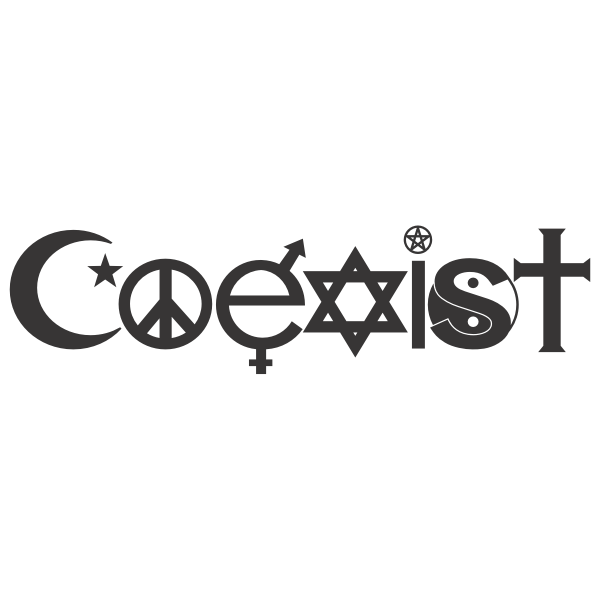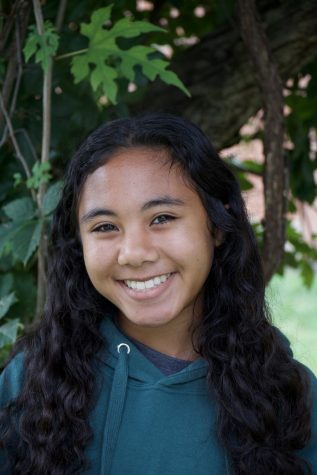
In a school as diverse and largely populated as Walter Johnson, there is a variety of beliefs students hold dearly. Religion plays an important role in their lives, allowing them to express their personalities and opinions.
The Bethesda/Rockville area is home to a large population of Jews. Senior Shani Barad and her family are more lenient than others with Jewish customs such as Shabbat, which occurs every Friday at sunset, in commemoration of the six days of God spent creating the world and his 7th day of rest. While Orthodox Jews are likely to refrain from using technology and traveling on Shabbat, the Barads treat it just about the same as any other day.
“If I go to other people’s houses, I was raised to respect the house rules. So we have neighbors who are Orthodox, and when I come over to their house on Saturday, I leave my phone at home. I respect how they respect the Sabbath,” Barad said.
Muslims make up a substantial amount of the student community as well. Ameera Salma holds a devout faith in the principles of Islam, which include the belief that God knows all the secrets of the heavens, the Earth and everything in the universe.
“Muslims believe that God is the creator of all things, and that God is all-powerful and all-knowing. God has no offspring, no race, no gender, no body, and is unaffected by the characteristics of human life,” Salma said.
On the other hand, junior Kiran Sen focuses principally on the ethical take of religion as a Hindu, believing in the effects of karma and following one’s own moral conduct.
If you do bad things, bad things will happen to you and vice versa. I believe if you live a good life in this life, your next life, or your afterlife will be more beneficial.
— Kiran Sen
Although there are many factors that influence a teenager’s chosen faith, the religions of their parents most commonly act as reinforcing cleavages in what they decide to follow.
“My dad’s Hindu. My mom’s Christian, so we kind of got to choose which one we wanted to follow, and my family took the Hindu path,” Sen said.
While students may identify themselves with a specific religion, some hold beliefs that do not align with their religion’s general ideals.
“I believe that some people are reincarnated, to be like an animal or something. My dog acts exactly like my grandpa. My grandpa died, and he was very gentle and caring. And my dog is an emotional support dog. She’s very gentle and very sweet. It’s like my grandpa was reincarnated to be like our dog,” Barad said.
Likewise, junior Philip Yankov, who adopts his beliefs from his Christian parents, supports theories of science as well.
“I believe that initially, the world started through the Big Bang, but after that, the concept of heaven and hell arose, and to some extent, God does exist, and Jesus probably was a real person; I believe that he was a real person,” Yankov said.
While students sometimes try to find a common ground between religions, it can be difficult to compare individual faiths and origins.
“I think the idea that if you do good things, good things will happen to you [is] the basis for most religions,” Sen said.
Conversely, Barad understands the concept of religion through a historical perspective.
“I think that every religion is kind of based on the same beginning story, but everyone interprets it differently. Their religion follows along with how they believe the story happened,” Barad said.
Each student takes on an approach to religion that is unique to them. Although, with such a collective student body, peers and friends must learn to respect each other’s differing beliefs, to create a safe and welcoming community.



































Mr. G • Jan 27, 2022 at 4:11 pm
It’s a good article that speaks of an important part of many peoples lives that academia tends to ignore, unless religion is the specific topic of study. My only criticism is the example of the Christian not aligning with Christianity since he believes science. The head of NIH, Dr. Francis Collins, is a scientist and a Christian.